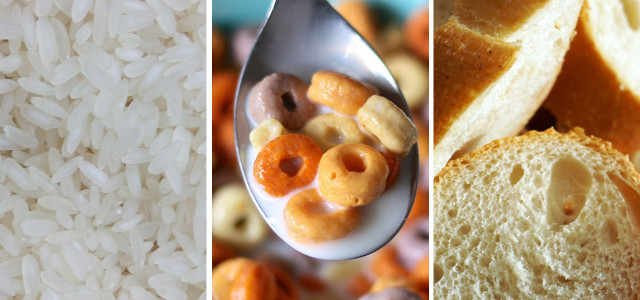A healthy grocery list is not the easiest thing to keep. There are a good deal of unhealthy foods out there that aren’t exactly as nutritious as you’d think, and others are just too delicious for our own good. Avoiding these six unhealthy foods is the right decision for our waistline – and our pocketbooks.
We all want to eat healthy food – in theory, at least. And given its ubiquitousness, you’ve probably tuned out dieting advice entirely since becoming totally confused about what you should and shouldn’t eat. There’s no end to the myths surrounding healthy and unhealthy foods and what should or shouldn’t go on a healthy grocery list. And that’s not even to mention the various diets out there: From paleo to raw food and low carb, all the way to veganism or so-called clean eating. In the end, it’s up to each of us to decide which food makes us feel best.
But there are some particularly unhealthy foods on the market which are also especially bad for the environment. That makes it easier to eliminate them from (or decrease their frequency in) our diet. And luckily, there’s usually a simple alternative that’s just as good. Keeping a healthy grocery list isn’t just for your own good, but for the good of the planet as well.
1. White Rice
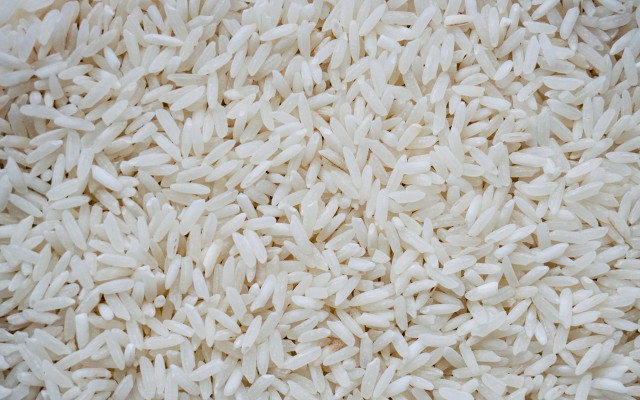
All rice is not created equal: In order to make white rice, the grains are milled. This means that the husk, the bran, and the germ are removed from whole-grain rice. Then the grains are polished, leaving just the starchy core of each grain of rice. This process removes the valuable nutritional elements. White rice doesn’t harm your body directly, but it has no benefit either: it fills you up without providing any nutrition.
A step above white rice is so-called parboiled rice. Before it is stripped and polished, it’s soaked, then pressurized, and finally dried. This process results in most of the nutrients being absorbed into the rice grains, resulting in about 80% retention of vitamins and minerals. Of course, parboiled rice still lacks the fiber of whole-grain rice.
The healthiest rice, therefore, is whole-grain rice. It’s neither stripped nor polished and therefore contains all the fiber, vitamins, and minerals possible. Whole-grain rice is browner than white rice and often called brown rice. So instead of white rice put organic brown rice on your healthy grocery list.
One food item prepared similarly to rice and often used as an alternative due to its prescribed health benefits is the pseudocereal quinoa. Due to its growing popularity as an organic protein substitute and its trendy implementation in a variety of dishes, its abundance in supermarkets and grocery stores makes attention to sustainable production important as ever.
We’ve outlined everything you need to know about quinoa here. Have a read: Healthy Inca grain? 9 things you need to know about quinoa
2. Instant Vegetable Broth
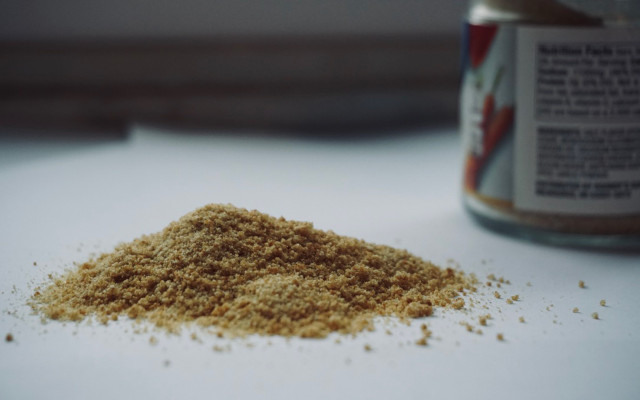


Instant vegetable broth cubes or powder is practical for whipping up a quick soup, broth, or sauce. But in reality, there’s hardly a vegetable involved in this unhealthy food: Salt is usually the first ingredient in the ingredients list, followed by MSG, a common flavor enhancer. Besides salt and flavor enhancers, vegetable broth includes chemical flavorings, palm oil, and sugar. This short list is reason enough to leave instant vegetable broth off your healthy grocery list.
A better alternative are organic vegetable broths – these cannot contain flavor enhancers or further questionable additives. Or even better: Cook a healthy homemade vegetable broth to have on hand and use your ice cube tray to make single-use portions that are just as handy as bouillon cubes.
Making your own vegetable broth instead of buying instant mixes is also a great way to put leftover vegetable scraps bound for the trash back to use. It also saves money and leaves room on your grocery list for other healthier foods. Check out our guide on how to creatively reuse vegetables scraps for some creative and sustainable culinary inspiration.
3. All Things Made with White Flour
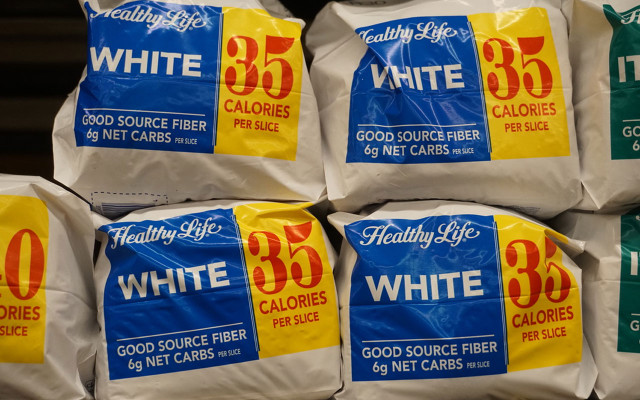


Basic white flour creates light, spongy breads and cakes because its grains, like white rice, have been stripped of their nutritional elements, leaving behind starch. While this may fill us up quickly, we have been robbed of fiber, vitamins, and minerals – and that ultimately leads us to feeling hungry again sooner.
Besides their lack of nutrients, baked goods made from white flour are often an unhealthy choice: as many who’ve hopped on the gluten-free bandwagon know, avoiding white flour means regularly avoiding high-calorie, -fat, and -sugar items like cookies, cakes, croissants, and sandwich bread. But we don’t have to vilify wheat flour entirely – we just have to switch to whole-grain flour to reap its nutritional benefits.
And whether it’s wheat, rye, or even spelt: whole-grain flours contain all elements of the grain, and therefore whole-grain products contain more vitamins, minerals, and fiber to keep us fuller longer.
Wether it’s white or whole-grain bread: Whenever you have any stale bread left over, don’t toss it out: these recipes rely on it.
4. Breakfast Cereals
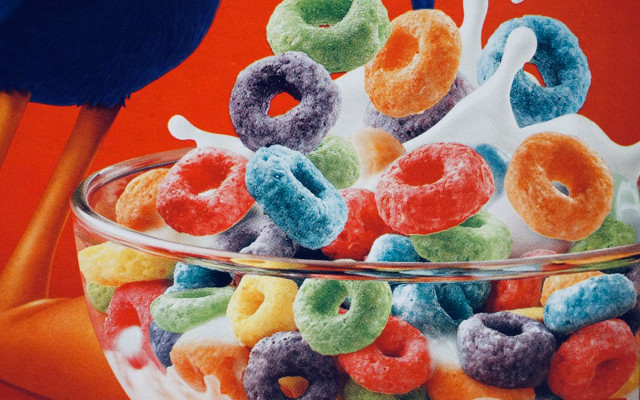


Cocoa puffs, corn flakes, and even instant oatmeal packets are no good start to the day – they are close to the top of our unhealthy foods to-kick-list. Breakfast cereals are highly processed foods that often contain far too much sugar. They are calorie bombs that barely fill you up and have to have vitamins and minerals added in order to make them in any way nutritional.
Instead, make yourself a fresh bowl of oatmeal from real oats, or a homemade whole-grain granola, mixed with fresh, in-season fruit and a handful of hazelnuts or walnuts. If you often find yourself in a morning rush and are too short on time to make breakfast, give our homemade granola bars recipe a look for a quick and easy snack for your commute.
5. Protein and Energy Bars
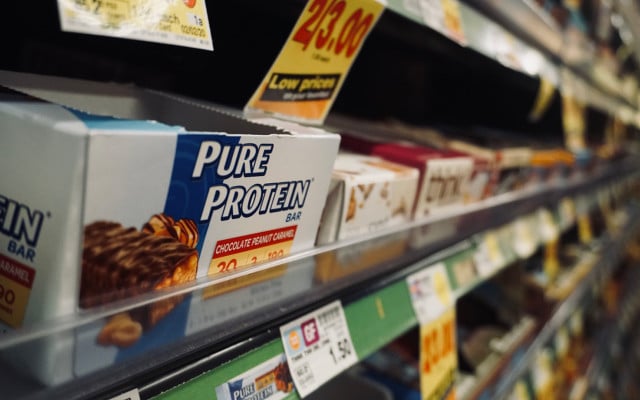


Who among us hasn’t downed a protein or energy bar now and then on a long hike, or after a run, swim, or climb? They refill our energy tank and help us build muscle – or so we think. Yet in reality, these bars are far from natural or healthy. Designed to pack a high-calorie punch, these highly-processed bars are full of added sugar, flavors, and selected vitamins and minerals.
And that’s not all: Germany’s Öko-Test Magazine tested energy bars in its February 2016 issue and found they contain GMO soy as well as traces of pesticides. Definitely something to kick from a healthy grocery list.
Athletes benefit more from a healthy, balanced diet than from energy or protein bars. For example, legumes like lentils and peas, potatoes, and whole-grain products are chock-full of valuable protein. Or when it has to be portable, make your own energy balls as a healthy alternative.
6. Light and Diet Food Alternatives
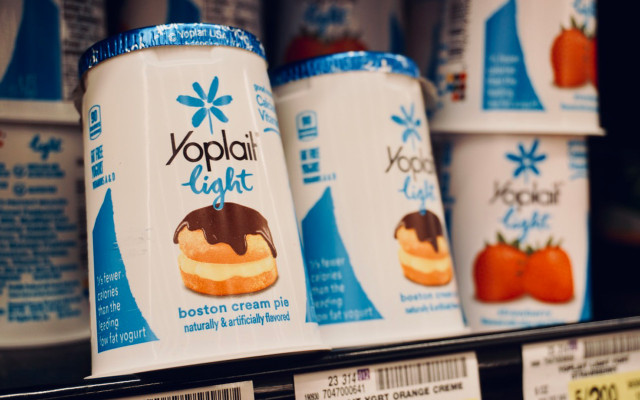


Light and diet food alternatives promise lower calories, less sugar, or less fat than the original products. Often we find, however, that whatever has been reduced has simply been replaced by another ingredient, and therefore the calorie counts are hardly different. In order to make light and diet products palatable, companies add flavor enhancers, chemical flavorings, and sweeteners.
It’s better to eat unprocessed foods than processed light or diet food alternatives. For example, mix regular plain yogurt and fresh fruit rather than eating a diet fruit yogurt.
Interested in understanding more about how to live a healthy life? Check us out on social media for more tips and tricks.
Read more: 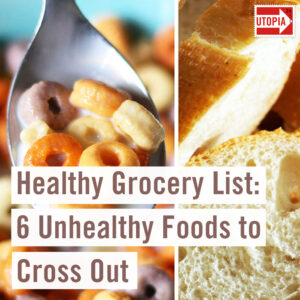
- Healthy Inca Grain? 9 Things you need to know about Quinoa
- Swai: 5 Reasons to Avoid This Exotic Fish
- Storing Food: 7 Easy Tricks to Avoid Food Waste
This article was translated from German by Hilary. You can view the original here: Gesunde Ernährung: Lebensmittel, die wir nicht mehr essen sollten
** Links to retailers marked with ** or underlined orange are partially partner links: If you buy here, you actively support Utopia.org, because we will receive a small part of the sales proceeds. More info.Do you like this post?






